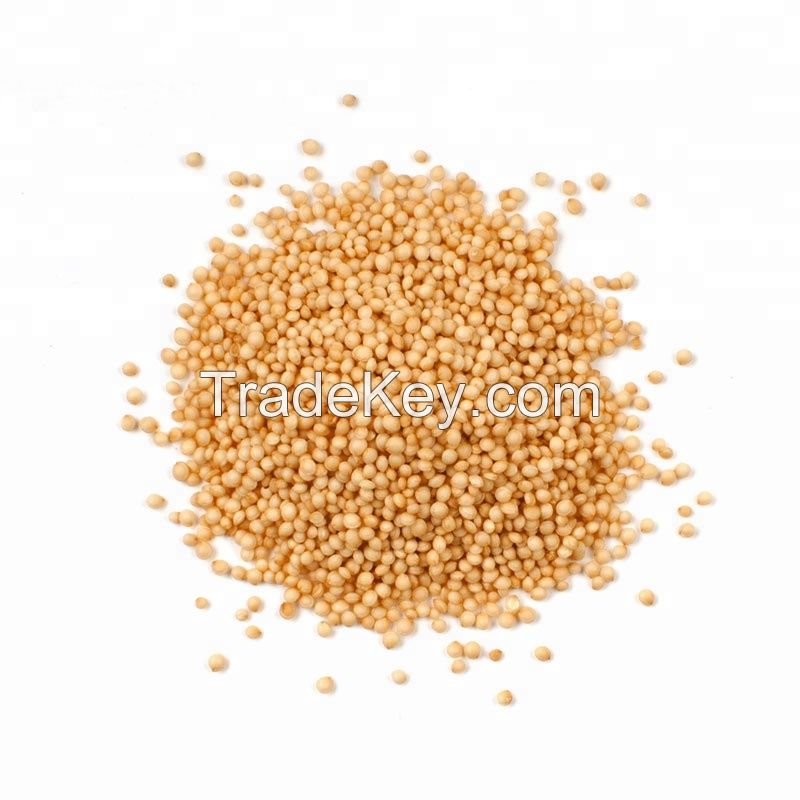
FOB Price
Obtenir le dernier prix( Negotiable )
|Minimum Order
Localit�:
-
Prix de commande minimale:
-
Commande minimale:
1 Twenty-Foot Container
Packaging Detail:
.
Delivery Time:
.
Supplying Ability:
5000 Metric Ton per Month
Payment Type:
T/T, L/C, D/A, D/P, Western Union, Money Gram, PayPal
South Africa
Personne à contacter Mr. Jason
56 Wadeville, Germiston, Gauteng
Amaranthus, collectively known as amaranth,is a cosmopolitan genus of annual or short-lived perennial plants. Some amaranth species are cultivated as leaf vegetables, pseudocereals, and ornamental plants. Most of the Amaranthusspecies are summer annual weeds and are commonly referred to as pigweed. Catkin-like cymes of densely packed flowers grow in summer or autumn. Approximately *0 species are recognized, with inflorescences and foliage ranging from purple, through red and green to gold. Members of this genus share many characteristics and uses with members of the closely related genus Celosia.
| Specifications: | |
| **0 Grams , 2 Kg, 5 Kgs. | |
| Features: | |
| Rich in Proteins. | |
| Fiber and Vitamins | |
|
Naturally Grown and harvested.
|
The
Amaranth Grain has some protein and is high in
lysine, an amino acid that is low in other grain crops. The grain
is high in fibre and low in saturated fats, factors which
contribute to its use by the health food market. It is an
exceptionally rich source of calcium, iron and vitamin C, a very
rich source of potassium, vitamin A and riboflavin, a rich source
of niacin and an above-average source of protein. Grain amaranth
has been used for food by humans in a number of ways. The ground
grain is used in breads, noodles, pancakes, cereals, granola,
cookies and other flour-based products. The grain can be popped
like popcorn or flaked like oatmeal. More than *0 products
containing amaranth are currently on the market.